

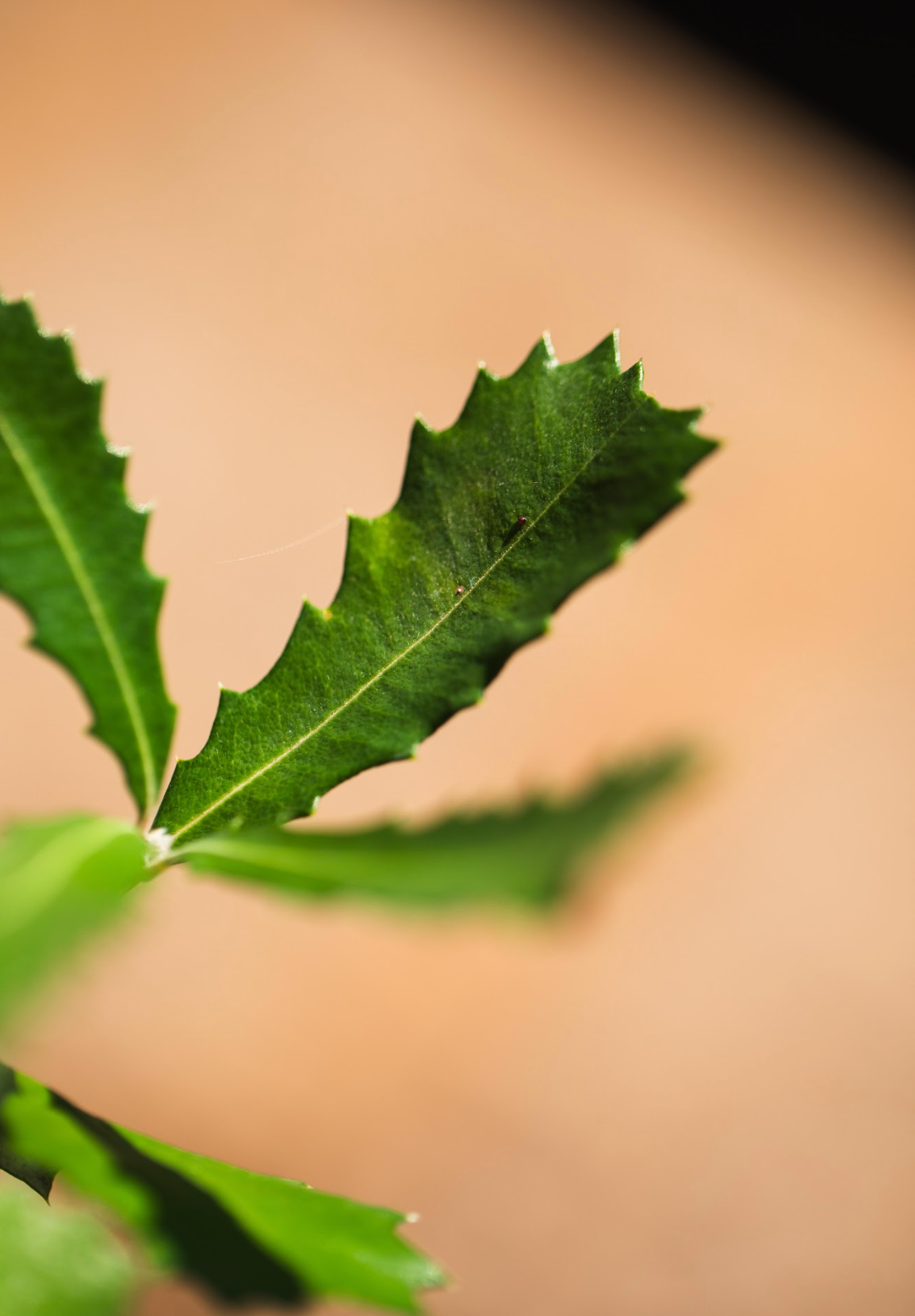
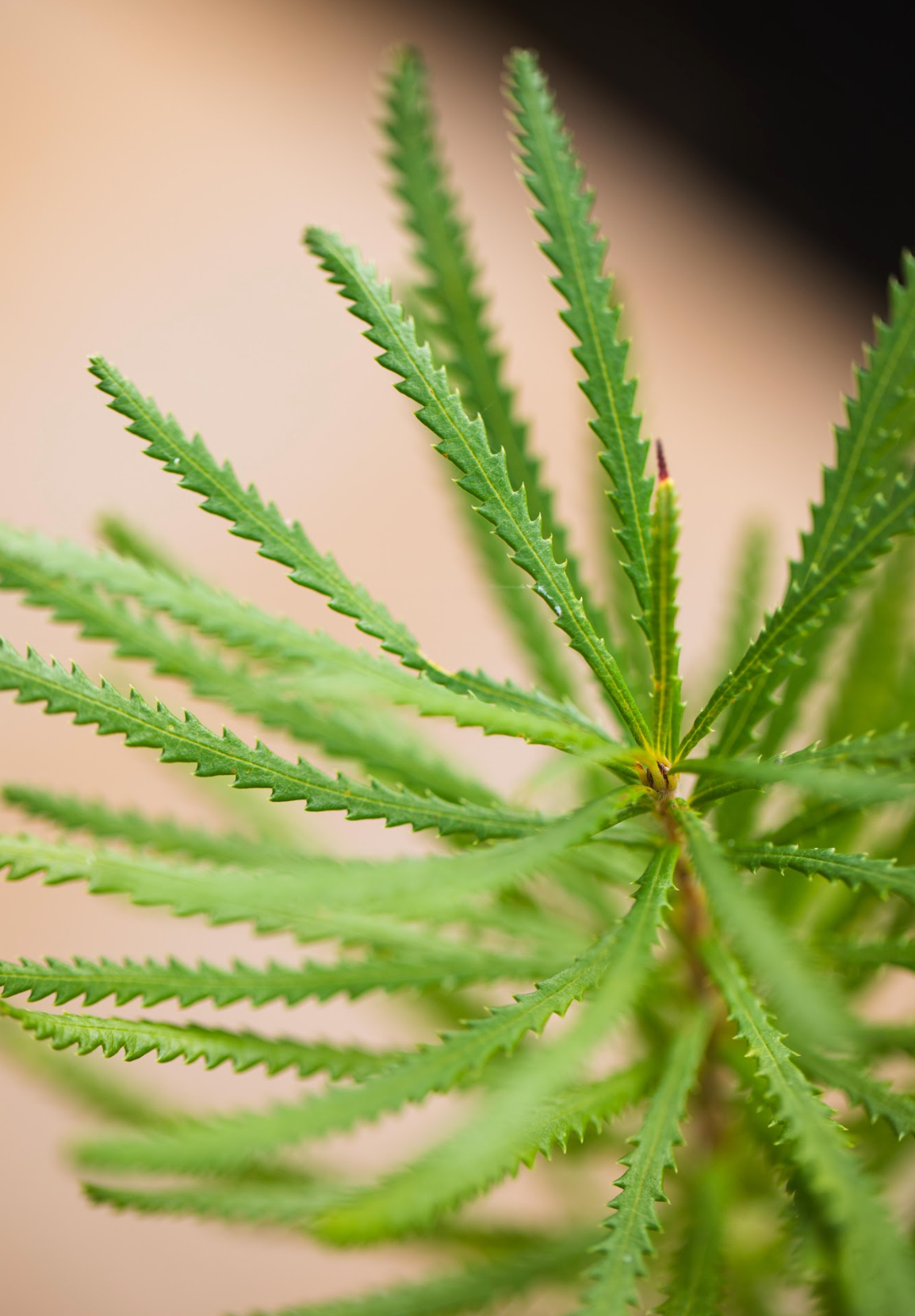
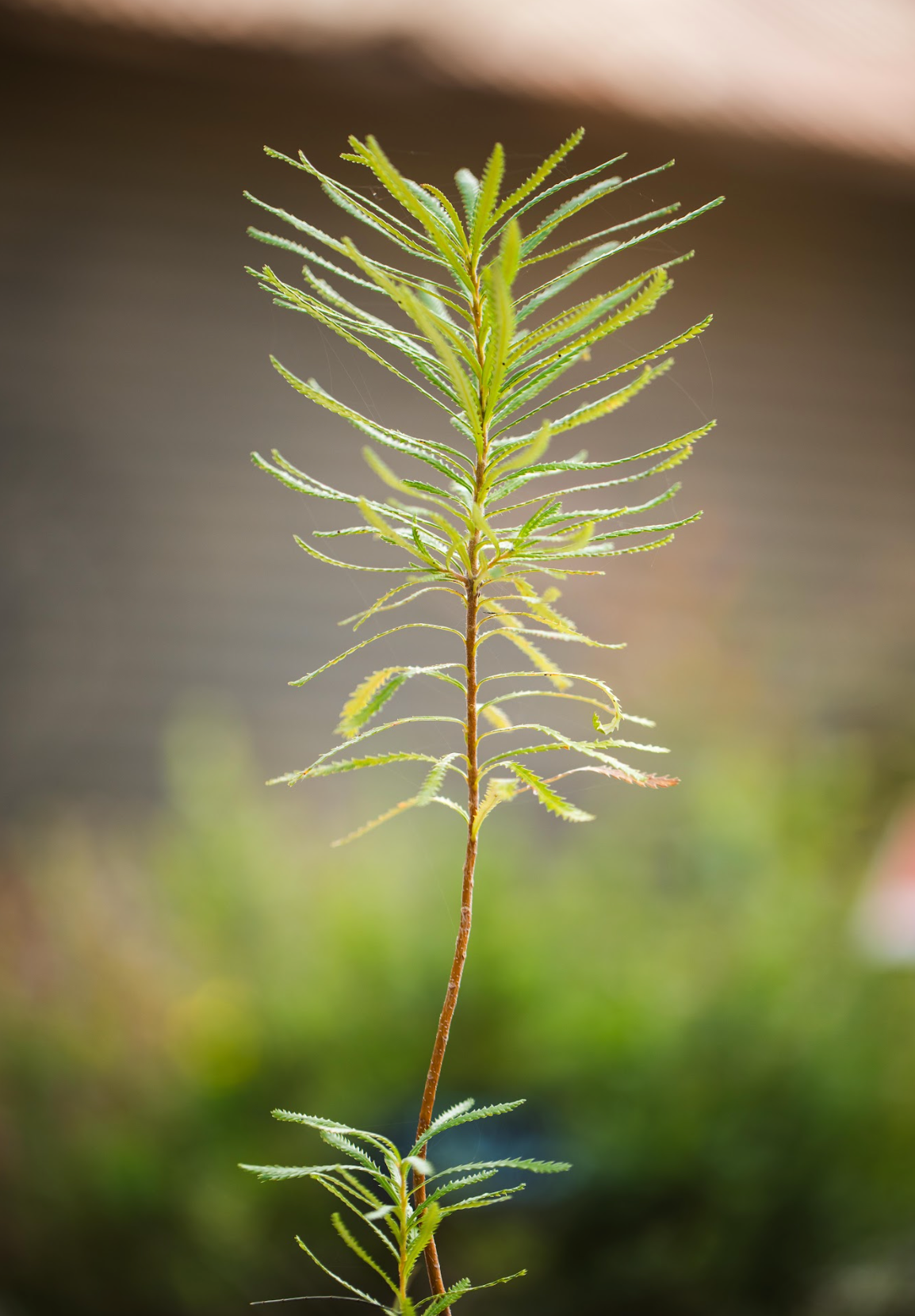
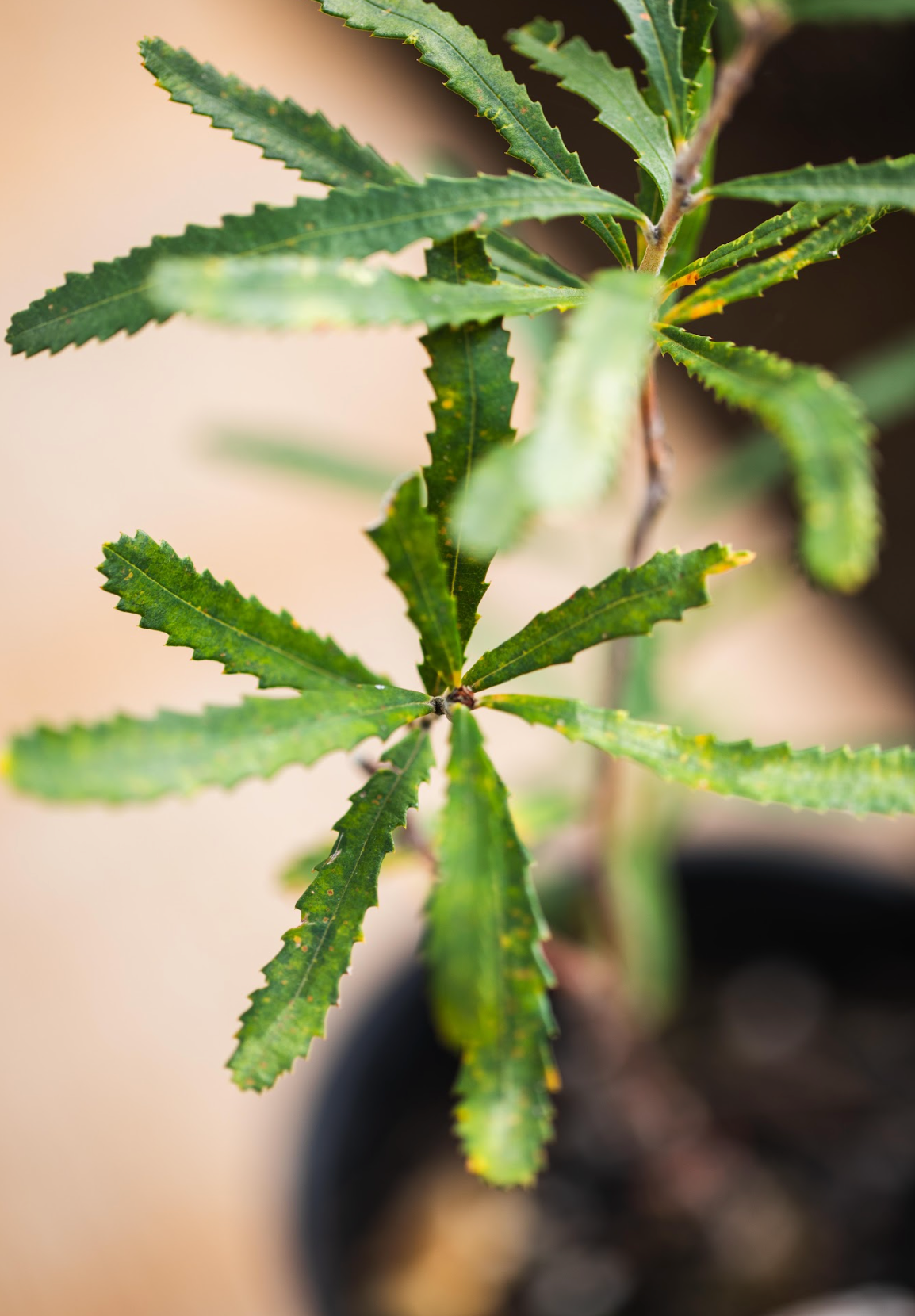
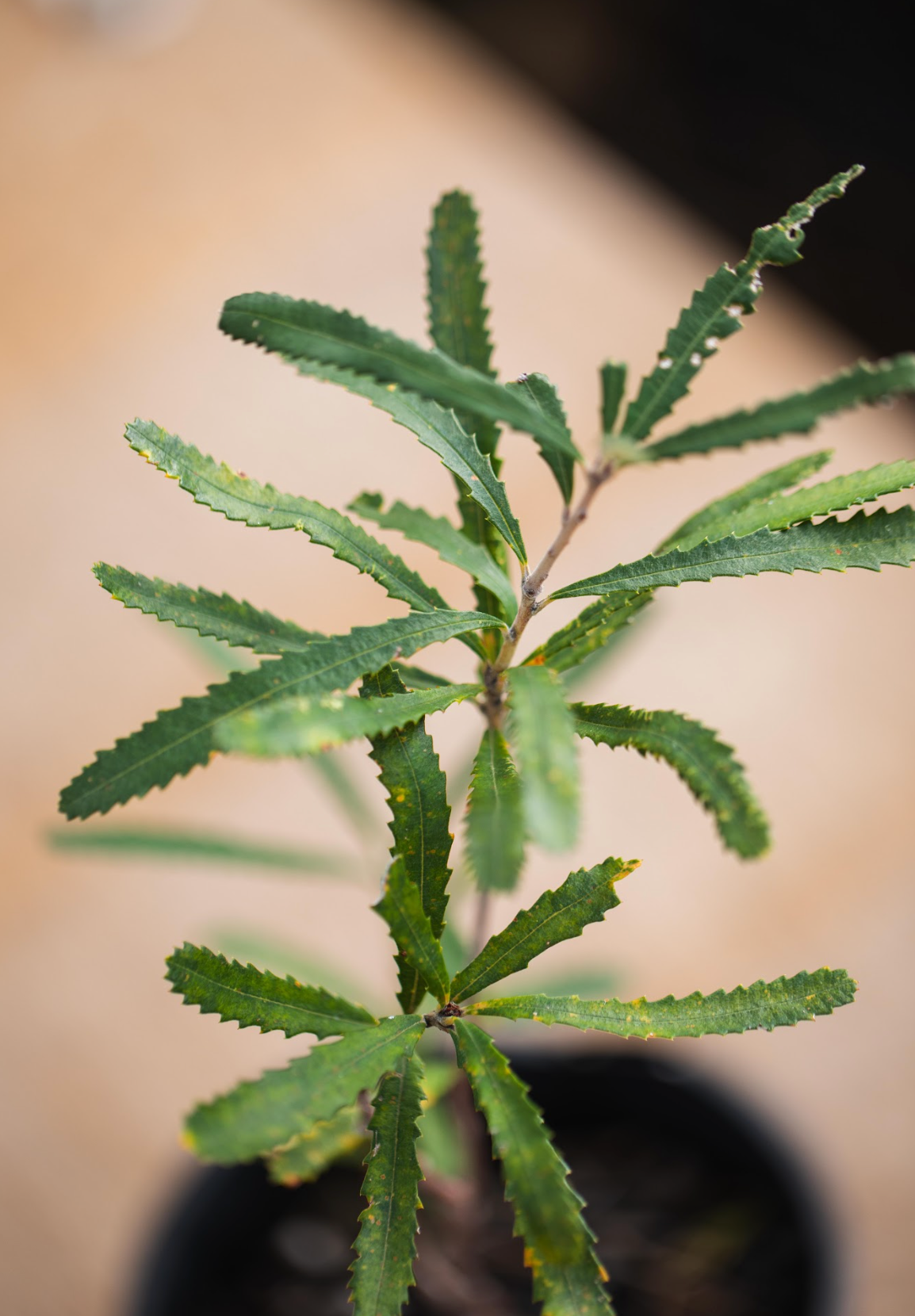

Banksia
Pickup available at Ingleside
Usually ready in 2-4 days

Banksia
Tubestock
Ingleside
12 Wilga Street
Ingleside NSW 2101
Australia
Banksia is a genus of about 170 species of flowering plants in the family Proteaceae, and is endemic to Australia. Banksias are found in a wide range of habitats, from rainforests to deserts. They are known for their large, showy flower spikes, which are often a shade of yellow, but can also be orange, red, pink, or even violet. Banksias are an important part of the Australian landscape, and are also popular garden plants.
Description
- Leaves: The leaves of banksia plants are typically serrated, and can be either flat or cylindrical. They are usually green, but can also be blue-green, grey, or even black.
- Flowers: Banksia flowers are arranged in spikes, and can be either cylindrical or conical. Each flower is small, but the spikes can be very large, and contain hundreds or even thousands of flowers.
- Fruit: The fruit of banksia plants are follicles, which are two-valved capsules. The follicles contain two seeds, which are typically winged.
Uses
- Ornamental: Banksias are popular garden plants because of their large, showy flower spikes. They are also a good choice for attracting birds and other wildlife to the garden.
- Food: The nectar from banksia flowers is a good source of food for birds and other small animals. The seeds of some banksia species are also edible, and can be eaten raw, roasted, or ground into flour.
- Medicine: Some banksia species have been used in traditional Aboriginal medicine. The bark of some species can be used to make a poultice to treat wounds, and the leaves of some species can be used to make a tea to treat coughs and colds.
Growing and care
- Soil: Banksias prefer a well-drained, sandy soil. They are tolerant of acidic soils, but do not like soils that are too wet or too dry.
- Water: Banksias are drought-tolerant plants, and do not need to be watered very often. Once they are established, they can usually survive on rainfall alone.
- Fertilizer: Banksias do not need a lot of fertilizer. A light application of a slow-release fertilizer once a year is usually sufficient.
- Pruning: Banksias should be pruned lightly after flowering to maintain their shape.
Height The height of banksia plants varies depending on the species. Some species are small shrubs, while others are large trees. The tallest banksia species is the giant banksia (Banksia grandis), which can grow up to 30 meters (98 feet) tall.
Other uses
- Wood: The wood of some banksia species is used for making furniture and other woodworking projects.
- Dyes: The bark of some banksia species can be used to make dyes.
- Fuel: The wood of some banksia species can be used as a fuel source.


